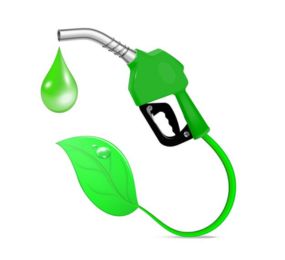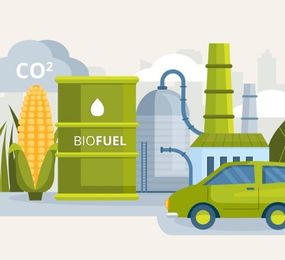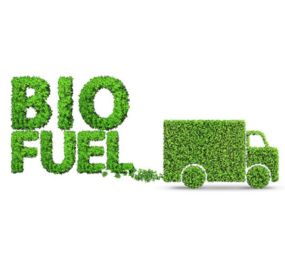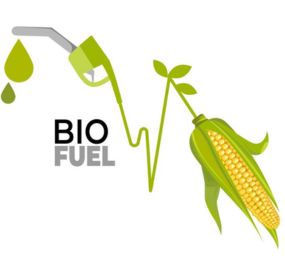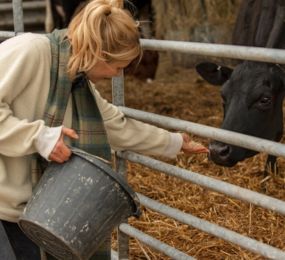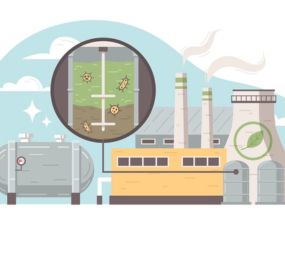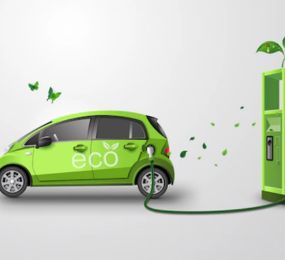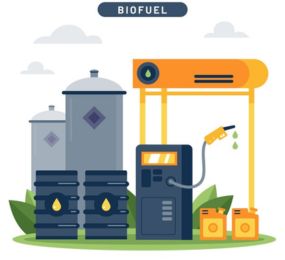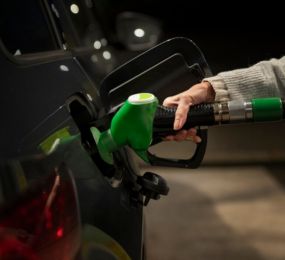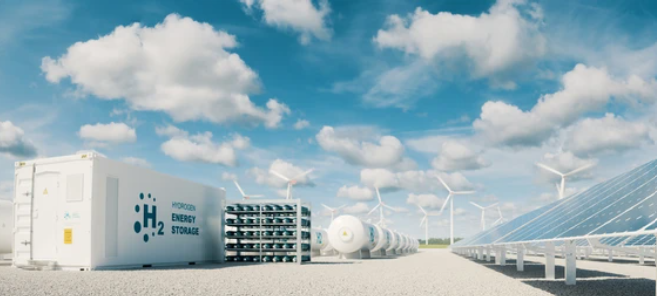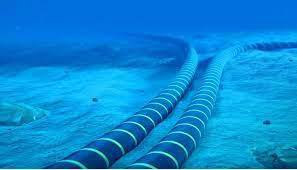One day, in a world that was trying to cope with the actual consequences of the climate crisis, the EU, being a diligent force, launched its energy transformation campaign. Whilst in Europe at this time, a revolution was starting, which aimed at minimizing carbon trace and preferred renewable energy systems. The shift to sustainable feedstock and biofuels and bioenergy conferences practically became the engine driving the continent's renewal of energy consumption in transport and elsewhere. This tale, one of the facts that will agree with the stories about the EU implementing tough rules about renewable energy with the ambitious goal to achieve high market trends guided by the facts.
The One That Fixed the Standard
However, in the frontline of the European Union's renewable energy saga is its Renewable Energy Directive (RED II), which clearly demonstrates its resolve to introduce advanced biofuels into the bloc's renewable energy mix. Anna Kowalski, the Leadvent's Senior Renewable Energy Analyst, elucidates, "The European Union's support for the Renewable Energy Directive is proof of the indispensable role advanced biofuels are playing in attaining sustainable energy goals." Given this reliance and with a target to hit a share of 14% renewable energy in transport by 2030
Surging Ahead: Manufacture and Expenditure
As the biggest producer of biomass in the world, the EU produces an astonishing 16 million tons of overcapacity annually. There was a remarkable growth of 7% for sustainable biofuels going into the EU in 2020, the figure reached 19.7 million tonnes, part of which could be a consequence of the introduction of RED II. This growth implies that the region is acting in the right direction and is thus trying to use renewable energy sources for transportation in order to satisfy no less than 3.5% of it by 2030 with the advanced biofuels.
Navigating the Market Trends
The EU roadmap of sustainable biofuel consumption may illustrate the canvas of innovation and growth, which has been further expanded by the RED II. "The market data suggest that there is a bright future for the sustainable feedstock and advanced biofuels that can be produced with an increasing efficiency and innovation," is what a CEO at GreenTech Solutions named Michael Schneider claims. This bountiful market, driven by environmentally conscious regulatory directives, shows a rising adoption of technology and the use of sustainably sourced feedstock. Claire Fischer, Policy Advisor at Sustainable Energy, adds, "RED II makes the EU's bioenergy sector flourish, which in addition to economic growth, contributes to environmental protection."
Leadvent: Guiding Industrial Leaders towards Success as the Main Goal
In terms of the evolving regulatory frame of the EU and shifting market trends, the Leadvent represents a guidepost for the industry leaders who search for a safe way of sustainable feedstock and advanced biofuels. Our tailored services will be crafted to explain the regulatory framework, giving deep knowledge on the regulations affecting the renewables field and proposing the best practices that fulfill the EU sustainability standards.
Apart from effective strategic planning and smoothening compliance processes, Leadvent is dedicated to helping leaders not only meet, but also forecast regulatory rules to ensure creativity and sustainability in the bioenergy sector. Through our continual surveillance and a cooperative construction, our clients receive the insight and adaptability that is required to prosper in an ever changing market.
Frequently Asked Questions (FAQs)
Q1: What sustainable feedstocks are?
A1: Sustainable feedstocks represent biomass sources that have a short regenerating cycle and can be utilized to produce energy or materials without harming the environment. Some of these include agricultural waste, forestry residues, and specific crops grown exclusively for energy, which do not take place in land used for cultivating food.
Q2: Beyond biofuels, what makes next-generation biofuels unique from their first-generation counterparts?
A2: Further biofuels which are called advanced biofuels, or the second generation biofuels, are produced from non-food biomass supplies including wastes and energy crops that are not for cooking. In contrast, today's advanced biofuels are non-food based and due to their production mechanism have higher greenhouse gas emission reductions than their first-generation counterparts.
Q3: What is RED II and how significant is the Directive to the biofuels sector?
A3: Compliance with the RED II directive is to reach the levels specified in this document for the use of various alternative energy sources across the EU. One of the indicators is the amount of renewable energy in transport. Through obligatory inclusion of advanced biofuel rates in the transport sector, RED II intends to bring down greenhouse emissions, encourage renewable resources for fuel and spur technological innovations in the bio energy sector, meaning it is one key piece of legislation governing the whole energy industry.
Q4: Can the biofuels of a new technological generation spur the EU toward the desired outcome?
A4: The answer is definitely affirmed as biofuels at high altitudes serve as a powerful means for both the EU to lower emissions of greenhouse gas and to make its energy sector more sustainable. Renewable biofuels providing for transportation will drastically reduce the greenhouse gas release, when used at a large scale. They have the potential of supporting not only the EU’s overall climate announcement, such as the 2030 climate and energy legislature and the European Green Deal, but also the EU’s broader climate ambitions.
Q5: What technical barriers are subject to remove in the production and consumption of advanced biofuels in the EU?
A5: There are three major issues that need to be overcome in a production process at scale, such as for sourcing of appropriate and sustainable feedstock with low costs, and setting the market and regulatory framework that is supportive for investment and innovation in the bioenergy sector. Moreover, the primary issue is analytical technology aspiration in order to make production of the biofuels efficient and, at the same time, stand the test of time.
Q6: What is the approach and strategies of the EU regarding the promotion and introduction of advanced biofuels?
A6: The EU is making efforts for the development and spread of second generation biofuels through supervision items such as RED II, funds, innovation, and stimulation of investment in renewable energy projects. Through the creation of a proactive policy background, the EU leads the way towards the increase of advanced biofuel production and their incorporation into the energy mix.
Looking Ahead
The story of the feedingstock and biofuel conference in the Union is far from ending. The fact that Leadvent empowers professionals to spearhead the sustainability revolution in their specific sector indicates that they are well equipped to lead the charge to a greener, more sustainable future. The bioenergy sector in Europe is well structured to thrive due to abiding by all the regulatory standards, innovation, and focus on sustainability.


